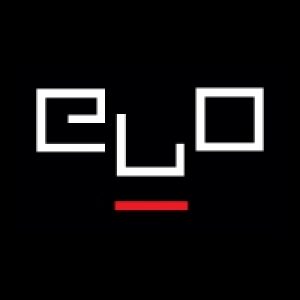October 4th and 5th, at UC Irvine, an exhibition opening, symposium, and performance features the work of ELO Vice-Presidents Noah Wardrip-Fruin and Nick Montfort and ELO Co-Founder Scott Rettberg.
EXHIBITION: Grand Text Auto
LOCATION: The Beall Center for Art and Technology, UC Irvine
OPENING RECEPTION: October 4th, 6:30pm-9:00pm, Beall Center
SYMPOSIUM: October 5th, 1:00-5:00pm, Studio Art Bldg. 712, Room 160, UC Irvine
PERFORMANCE: October 5th, 6:00-8:00pm, Winifred Smith Hall, UC Irvine
GENERAL CONTACT: (949) 824-4339 or http://beallcenter.uci.edu
OVERVIEW
Many blogs have become books – from The Baghdad Blog to Belle de Jour. But Grand Text Auto is the first blog ever to become a gallery exhibition. It opens October 4th and runs through December 15th at UC Irvine’s Beall Center for Art and Technology. The exhibition features the work of Grand Text Auto members Noah Wardrip-Fruin, Mary Flanagan, Michael Mateas, Andrew Stern, Nick Montfort, Scott Rettberg, and their collaborators.
Grand Text Auto is a blog about the potential of digital media, from literary websites to experimental computer games. At the exhibition, the blog members will put these ideas into practice, showing a variety of cutting edge works. Some use the latest in artificial intelligence technology, such as Mateas and Stern’s interactive drama Facade†of which The New York Times says, “This is the future of video games.” The Beall exhibition will feature the first public showing of a life-sized “augmented reality” version of Facade, created in collaboration with Georgia Tech’s GVU Center. Virtual reality is also on display, as with Wardrip-Fruin’s collaborative work Screen, a literary game played with 3D text†never seen before outside of a research lab and presented with support from UC San Diego’s Center for Research in Computing and the Arts. On the other hand, some works in the exhibition use decidedly do-it-yourself techniques, such as Montfort and Rettberg’s Implementation, an experimental novel distributed around the world on mailing labels. Others are quirky, such as Flanagan’s [giantJoystick], a replica Atari 2600 joystick so large that two people must work together to play (this has its North American debut at the Beall show).
In addition to the gallery show, the members of Grand Text Auto are working together with the Beall Center to present a live symposium and performance evening, both on October 5th. The afternoon symposium (1-5 p.m.) will discuss the power of collaborative blogging, new directions for computer games, and the place of language in digital media. The evening performance (6-8 p.m.) will feature the disturbing and humorous interactive cinema experience Terminal Time (which automatically creates outrageously biased documentaries of the past millennium) and a live performance of the award-winning hypertext novel The Unknown (which tells the tale of a rollicking cross-country book tour). Parking for these events is available in the Student Parking structure at the corner of Campus Drive and West Peltason.
Online, Grand Text Auto (http://grandtextauto.org) is a blog with more than 200,000 visitors a month, collectively authored by six artists and scholars. Offline, Grand Text Auto members have been shown in major art museums, been written about in leading national periodicals, and shipped games that have met wide acclaim and sold millions of copies. The Grand Text Auto exhibition is the first time that these artists will show their work together. Delve into Grand Text Auto’s digital depths October 4 – December 15, 2007 (closed November 22-26) and witness the live debut of blog-meets-reality.
